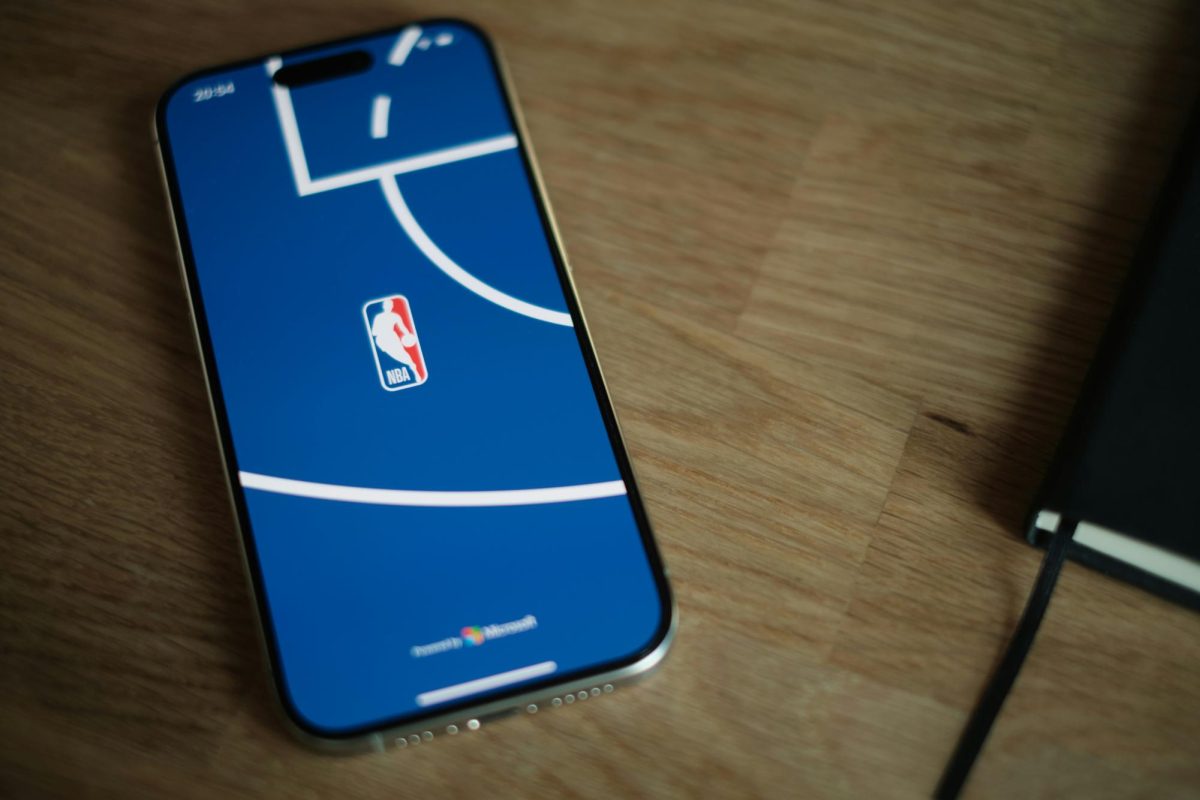We have entered a war unlike any other in this new digital age. Our loyalties are being pulled in multiple directions, and our wallets are getting thinner by the day. This war is exposing some of the problems within our capitalist society and fueling the constant dissatisfaction of the general public. For the past 14 to 15 years, we have been engulfed in the streaming wars, and there is no end in sight.
When Netflix started streaming videos in 2007, the television landscape began to change completely. Video rentals were decreasing, leading to the ultimate demise of Blockbuster, with more streaming services on the way. In 2008, Hulu appeared, bringing both on-demand content and access to live network television shows. From there, streaming services popped up like weeds. Amazon Prime Video, Apple TV+, HBOMax, Disney+, Peacock and Paramount+ are now fighting alongside Netflix and Hulu.
Netflix is currently the leading streaming service with over 200 million subscribers, but Disney+ is expected to surpass it by 2024. Platforms like Peacock, HBOMax and Paramount+ are the streaming landscape’s rising stars. HBOMax especially has seen a spike in subscribers after it released “Wonder Woman 1984” this past December.
While these eight streaming platforms are fighting to be the top platform, there are several other smaller, niche platforms like Crunchyroll and Shudder. If you wanted to watch all of the available content out there, you’d be paying quite a bit of money in monthly fees.
With all of these options, traditional cable TV is becoming less appealing. According to Nielsen Global Media, in 2020, 18- to 34-year-olds spent three times as much time watching TV through streaming platforms than they did watching traditional television. Young people especially are choosing to rely only on their streaming service subscriptions, where you can be selective about the content you are paying for.
Imagine this: your favorite shows are scattered throughout different platforms and the only way to access them is to subscribe to each individual platform. Combining the basic subscription package for each service would cost over $60/month. Ironically, that’s the average bill for a basic cable package.
All these different platforms might seem like an upgrade from cable, but for college students, subscribing to just one or two services is a hefty price to pay. Even if one offers a free trial period, that can draw people in to paying for a full subscription to finish binging a show.
If we take money out of the equation, there is still the problem of content getting lost in the madness. Visit any of Netflix’s social media posts and you’ll see people complaining about shows being canceled after one season. Because of Netflix’s size, shows that seem like they have a cult following may not be watched by the majority of subscribers. Netflix needs to see high viewership to make a return on their investment and justify the cost of the production. However, because of how much content the platform offers, it’s difficult to get people to pick one show over the thousands of other shows out there. The amount of content is overwhelming, and it pushes people to watch the same shows over and over again.
Another major problem is that we don’t need all these different services. While it’s great that shows like “Cobra Kai” and “Lucifer” can find a new life because of streaming, some services don’t offer anything new. I predict that mergers are inevitable and will lead to higher subscription costs. That means that many more people won’t be able to access the content they were once able to. It’s hard to predict the trajectory of this war, but it’s safe to say that an end is not in sight. We are closer to reverting to the days of cable than we are to anything else. New players keep emerging in the streaming wars, and in the end, it is unlikely that any of them will come out victorious.








